Introduction:
In the realm of interior design, hanging plants have emerged as a fascinating trend, transforming living spaces into green havens. The appeal of hanging greenery lies not only in its aesthetic appeal, but also in its ability to maximize space and bring nature indoors. This guide explores the art of hanging plants, offering creative displays, care tips, and insight into the unique charm they bring to any environment.
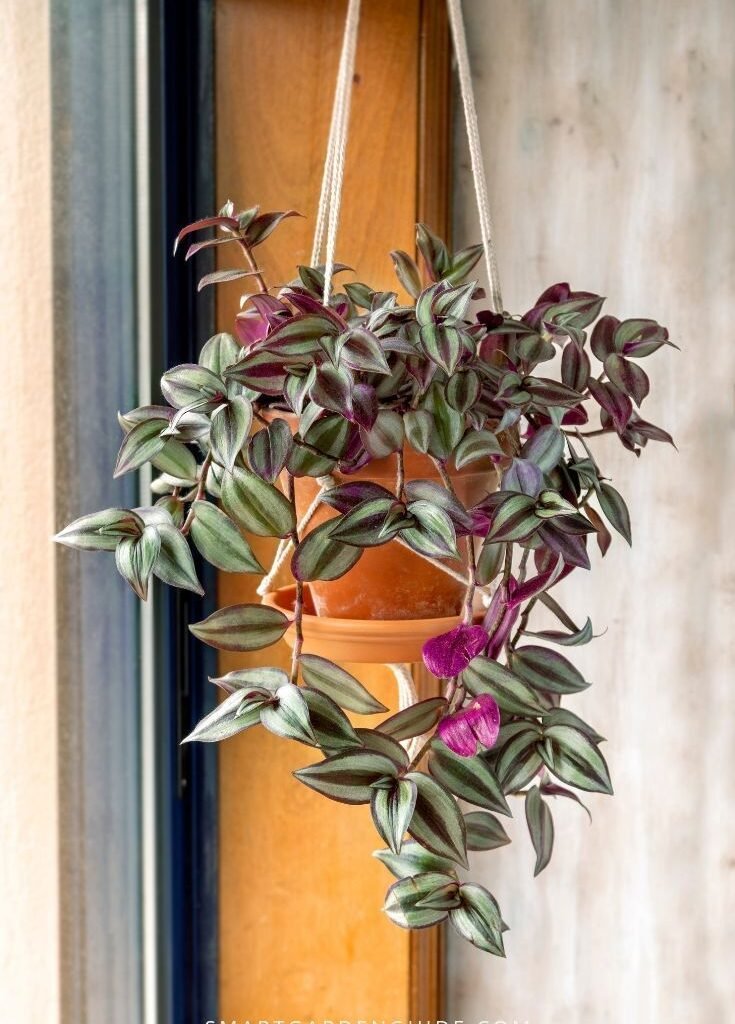
Why Hanging Plant?
Thy add natural beauty to any room, using vertical space to create a visual treat. Whether you have limited floor space or want to fill your home with refreshing greenery, hanging plants are the solution. Their versatility allows them to thrive in a variety of environments, from sun-drenched corners to low-light areas, making them accessible to every plant enthusiast.
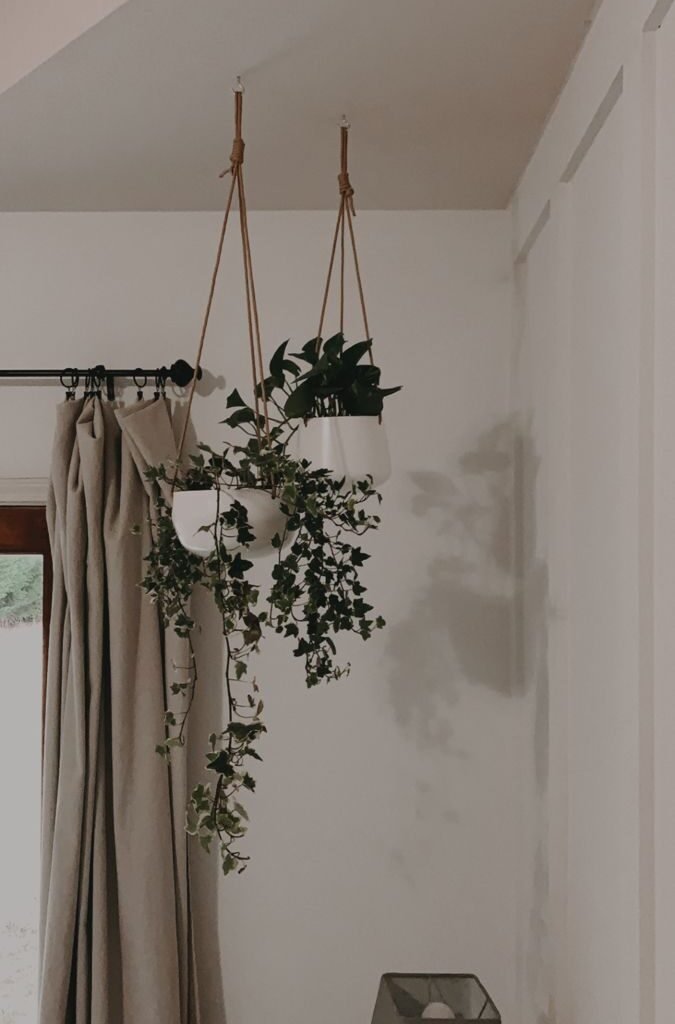
Choosing Right Plants:
Not all plants are created equal when it comes to hanging displays. Consider your location’s specific lighting conditions and humidity levels. Cascading plants such as pothos and spider plants are excellent choices for well-lit areas, while ferns and some succulents adapt well to low-light conditions. The key is to choose plants that not only suit your aesthetic preferences, but also thrive in the chosen space.
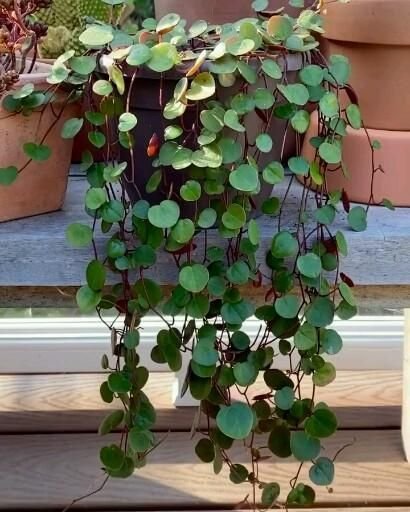
Popular Types of Hanging Plants:
Spider plant (Chlorophytum comosum):
Firstly, this one known for its arching, spidery leaves. It is easy to care for and produces branches, or “puppies”, that can be propagated.

Pothos (Epipremnum aureum):
A versatile and hardy plant with cascading vines.In addition to this, Pothos come in a variety of colors and patterns, making them a popular choice for indoor hanging baskets.
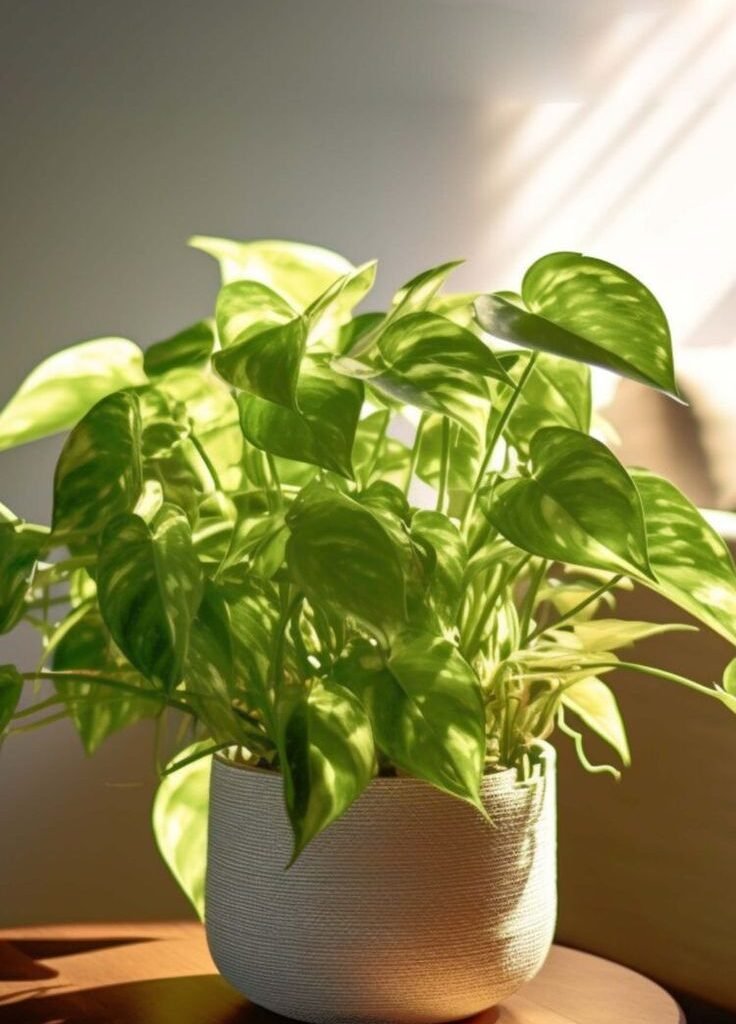
String of pearls (Senecio rowleyanus):
Characterized by the cascading strings of garland-like leaves. It is a succulent that prefers bright, indirect light and well-drained soil.

Boston Fern (Nephrolepis exaltata):
A classic choice for hanging baskets, Boston ferns thrive in high humidity and filtered light. Regular dusting can help maintain humidity levels.
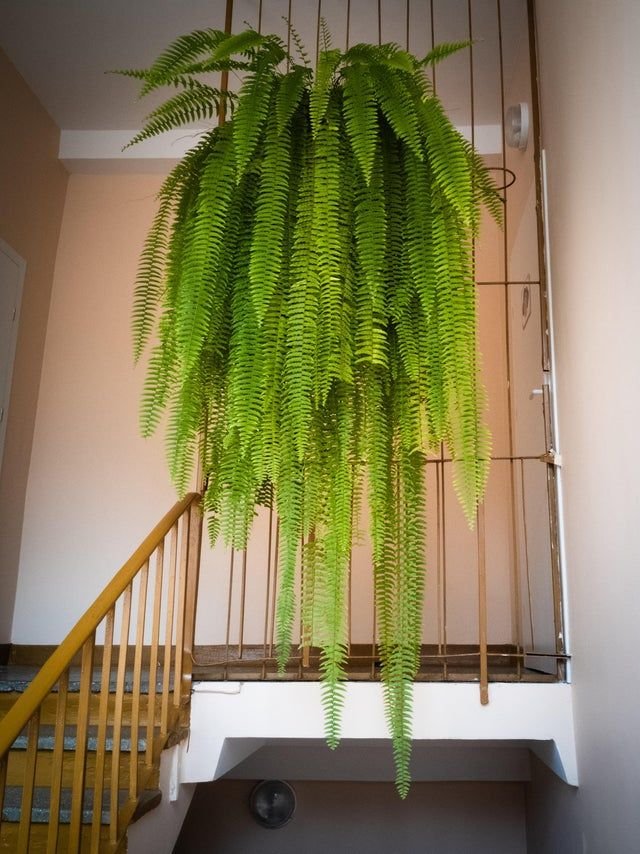
Hoya (Hoya spp.):
Also known as wax plants, hoyas have waxy leaves and produce unique, often fragrant flowers. They are suitable for hanging baskets.
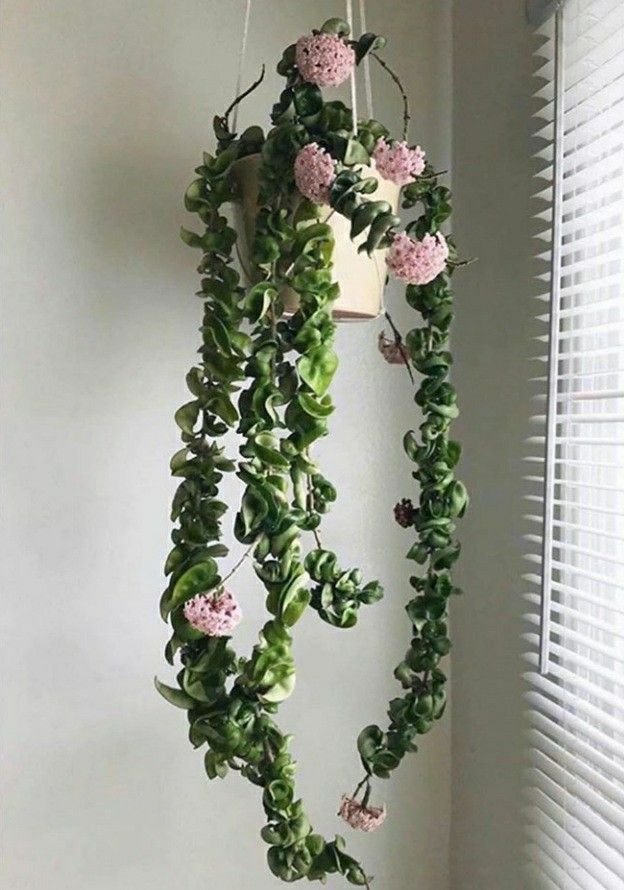
Creative Display:
The beauty of these plants lies in their ability to be displayed in countless creative ways. Macramé plant hangers, wall-mounted planters, and hanging terrariums are just a few options to consider. Experiment with different heights and groupings to add depth and dimension to your space. Also mixing and matching plant types can create a lush, forest-like setting or a minimalist, modern look — tailoring the display to your unique style.

Tips For Hanging Plants:
Although these plants can be visually stunning, they require proper care to thrive. Adequate water, adequate lighting, and occasional fertilization are essential components of their well-being. Keep in mind the specific needs of each plant species, and adjust care routines accordingly. Regularly inspecting for pests and ensuring proper drainage in hanging planters will contribute to their overall health and longevity.

Result:
Adding hanging plants to your living space is more than just a trend. It’s a dynamic way to add life and vitality to your surroundings. From enhancing air quality to providing a calming ambiance, the art of hanging plants is a testament to nature’s transformative power within the confines of our homes. So, elevate your space with the timeless beauty and versatility of hanging plants—a true testament to the harmony between human and plant life. To Explore!!